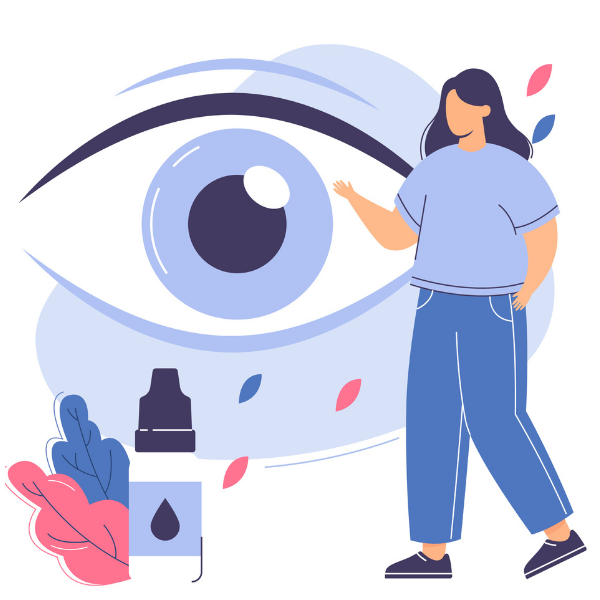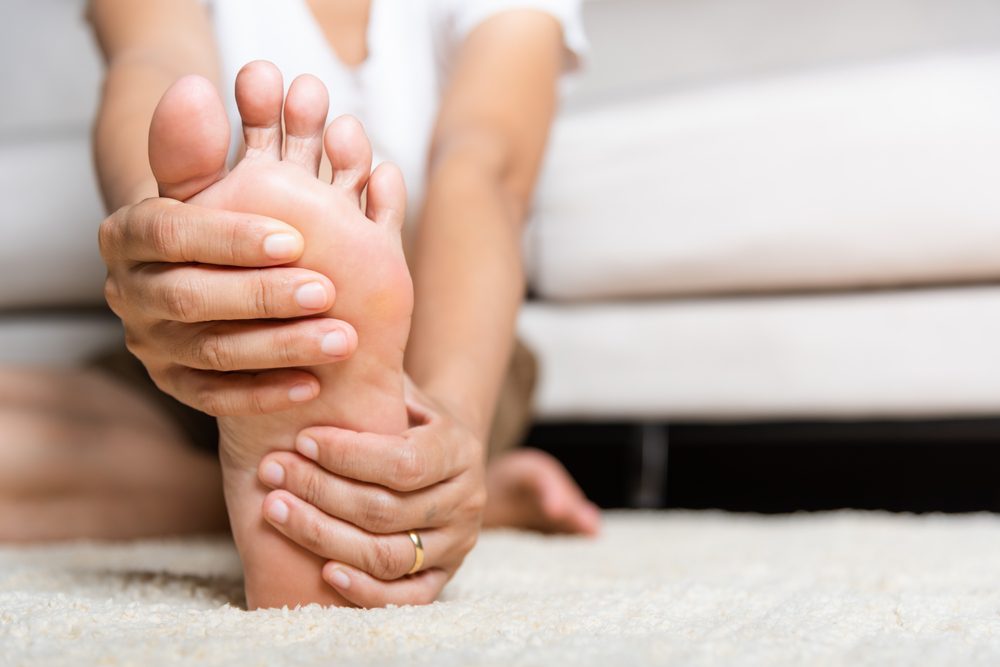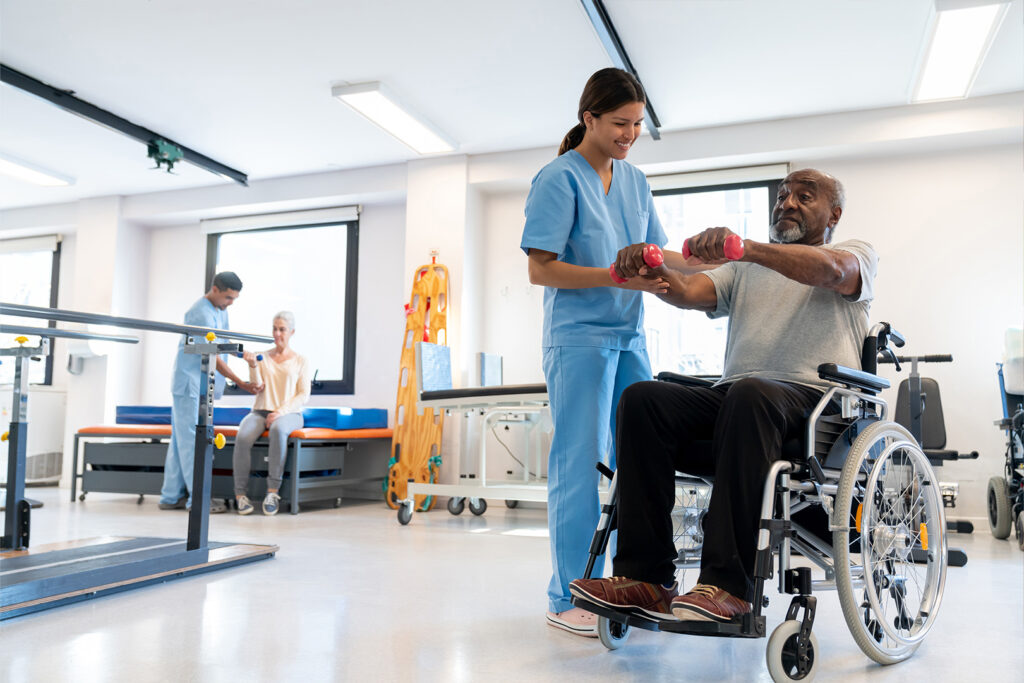Providing care for individuals with visual impairments presents unique challenges that require specialized knowledge and skills. Vision rehabilitation is a key aspect of support, enabling caregivers to enhance the quality of life for those with vision loss. Let’s explore vision rehabilitation, providing caregivers with the tools and information necessary to support those experiencing vision issues.
What Is Vision Rehabilitation?
Vision rehabilitation focuses on helping individuals with vision issues maximize their remaining visual abilities while developing skills to adapt to daily life. It involves a combination of strategies, tools, and therapies tailored to the specific needs of the individual. Vision rehabilitation does not aim to cure or reverse vision loss. Instead, it concentrates on improving functionality, independence, and quality of life.
What Are the Goals of Vision Rehabilitation?
The goals of vision rehabilitation focus on addressing the practical and emotional challenges associated with vision loss while empowering individuals to maintain autonomy and participate in their daily activities.
Vision rehabilitation provides techniques and tools such as magnifiers, specialized lighting, or adaptive technology to help individuals make better use of their remaining vision. These aids enable tasks like reading, writing, or navigating spaces to be performed with greater ease. By teaching adaptive skills and introducing assistive devices, vision rehabilitation helps individuals perform personal, professional, and recreational activities with minimal reliance on others.
Coping with vision loss often results in emotional distress. Vision rehabilitation offers counseling and support to help individuals build resilience, address anxiety or depression, and maintain a positive outlook on life. With the right measures, individuals can continue to engage in meaningful activities. This fosters a sense of purpose and satisfaction despite the challenges posed by vision impairment.
What Is the Rehabilitation Process for Vision Issues?
The process of vision rehabilitation is comprehensive and involves multiple stages. These stages will be tailored to meet the unique needs of each individual.
Assessment
The first step involves a thorough assessment. This includes an initial examination performed by an eye care professional to evaluate the level of vision impairment. Functional assessments are also conducted to identify the individual’s remaining visual abilities and how they interact with their surroundings.
Individualized treatment plan
Each individual requires a customized plan to address their specific challenges. This plan may include the following components:
- Low vision aids and adaptive equipment, such as magnifiers, screen readers, or special lighting, to assist with day-to-day tasks.
- Mobility training to help individuals develop navigation skills using tools like white canes or electronic aids.
- Living skills training to foster independence in activities like cooking, cleaning, or using technology.
- Counseling for both individuals and caregivers to help address emotional challenges and encourage adaptation.
Vision rehabilitation therapy
Vision rehabilitation therapy involves targeted strategies and exercises that aim to build non-visual skills and further enhance functionality. This may include:
- Training programs and habituation exercises designed to optimize the use of remaining vision.
- Instructions on environmental modifications such as layout changes, contrast adjustments, and tactile markings to improve accessibility and safety within the home or workplace.
Ongoing support
Vision rehabilitation is not a one-time solution. Continuous support is fundamental to long-term success. This includes referring individuals to other services as needed. Regular monitoring makes sure that progress is sustained, and adjustments to the treatment plan can be made as circumstances change.
Want To Learn More About Vision Issues?
Understanding vision rehabilitation is key to offering meaningful support to individuals with vision issues. By familiarizing yourself with this process, you can help create a structured and personalized approach to care. To learn more about vision rehabilitation or need assistance developing a plan, connect with a specialist or explore more resources.





Leave a Reply